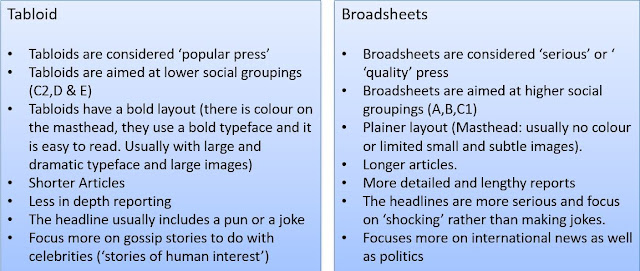•Long form TV is an American concept which effectively is a hybrid of a serialised drama with the high production standards of film.
The influence of Technological
Change &
Economic contexts:
How Long form dramas came into being.
Terrestial
TV
Schedule content was fixed (reliant on
analogue (radio wave technology as pre the internet)
Viewing experience was communal (families
watched the same/similar content) as content was transmitted via Radio waves.
Dramas developed to encourage regular
viewing
Program content with high audience
numbers secured revenue via advertising.
Advertising revenue or PSB income (TV
license) pays for drama for e.g. a typical Eastenders episode costs £141,000
•There
is a clear shift towards SOD (subscription on demand viewing of television)
•This
has been enabled through the Technological change i.e.
the provision of streaming services
•(2017)
Netflix
receives
an income of 2.5 $bn from
UK subscribers.
•Their
income is used to fund “high end” television content such as the HOC
Historical cultural and economic
contexts.
•HOC
belongs to a genre called Long form television drama. (LFTVD)
•LFTVD
(Game of Thrones, HOC, etc.) are
characterised by high production values.
•Series
one and 2 of the HOC costs an estimated
$100 Million for the first two series (26 episodes) to produce.
•By
comparison Eastender’s
costs £29.9
million a year for 212
episodes.
•Referring
to the revision notes page 146, the cost of production of this High end Drama
(HOC) is linked to
–Sourcing
highly skilled actors- Kevin Spacey
–Cinematic
styling camera work
-Lighting
and editing- the lighting is dull
-Complex
narratives (multi-stranded) (Barthes)- all the different story lines. For example, Frank not getting the secretary of state, Zoe trying to help herself get a better career.
-Composed
music
Digital (streaming)
•Netflix - In just a decade, Netflix has grown from
a video service with seven million U.S. subscribers to one that reaches 93 million
people worldwide.
•The
company's now worth about $60 billion
•2016,
Netflix spent $5 billion on original programming.
•The
income from subscribers has allowed them to commission highly rated long form
TV dramas such as House of Cards and Orange
is the New Black.
•2017
sales rose to $2.48
billion. With a global presence in 190 countries.
Analysing the
Ideological contexts
The prime contexts influencing medium
language in television
drama may be ideologies such as:
•Individualism:
e.g. focusing a drama on an individual protagonist
•Consumerism:
e.g. judging characters on their possessions or desirability of their
lifestyles- when Claire says "does that actually work on people", talking about Zoe's choice of clothes and judging her.
•Patriarchal:
power and the challenge to this by feminism e.g. using or refusing to use
women’s bodies as objects, or narratives that present a male, female or gender
neutral perspective- When Zoe turns up at Franks house, the difference in power and the Patriarchy of class shown (through the body guard outside saying she can't knock on the door etc.) and how he refuses to look at Zoe's body, which she is flaunting in order to get through to him, in a sexual way.
•Racism
and ethnocentrism and the challenge to those from multiculturalism and
internationalism, e.g. narratives that present a monocultural,
multicultural or minority perspective- Stereotypical black character at the end of the episode, The only other ethnic group in the episode.
Summary:
Russo: irresponsible, puts his personal life before his professional one- by doing drugs, sleeping around and drink driving.- Individualism
Frank: monologues and direct speaking to the audience breaks the fourth wall,he is patriarchal and holds power as a middle class white man. Cold/ ruthless- Stereotypical politicians (Donald Trump)
Zoe: Uses sexuality to progress in her career, low cut shirts to gain attention- Van Zoonen
Claire: Breaks patriarchy, degrades Zoe.
Masculinity stereotypes :
•Strength - physical and
intellectual- Stength shown in Frank both physically and intellectually, through strangling the dog and coming up with the plan
•Power- Being in the Government
•Sexual attractiveness (which may be
based on the above)
•Physique
•Independence (of thought, action,
finances)- Has his own money
Levi
- Strauss:
•Levi
Strauss’s idea of the binary opposition – that
the system of myths and fables
•(narrative)
was ruled by s structure of opposig terms
such as male/female, good/evil.
This narrative structure can be applied to LFTVD’s such as the House of
cards as follows





















